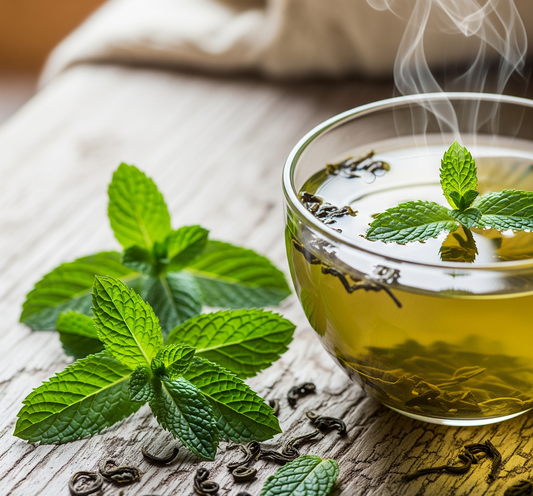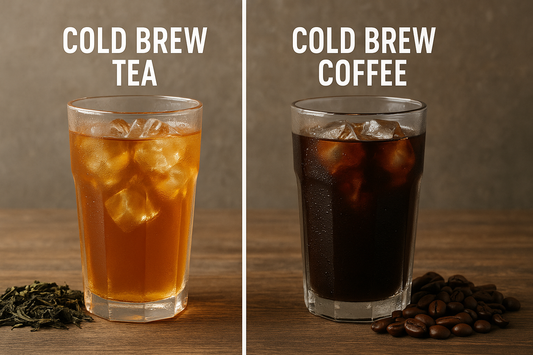Nepal Tea Collective recently introduced an exquisite black tea named Rose Label #157, produced from the mother bush cultivar BB 157. The undeniably amazing history behind the tea plant and Nikesh's curious experimentations under the guidance of tea experts like Nishchal Banskota, Chris Macnitt and Nalin Modha.

Along with that, just last month Nikesh's three new micro lot reserve teas also wowed Nepal Tea Collective community. The first flush teas, in general, are quite rare and sought after all over the world but what makes these reserve teas distinct from those available in the market is its maker.

Nikesh Gurung is a tea maker based in Kanchanjangha Tea Estate and Research Center. This is his first year in Suntolabari municipality, Phidim. Before this, he used to work with Sharad Subba at Jasbire Tea Processing Center.
At 22, Gurung is one of the youngest tea makers not just in Nepal but most probably in the world. There aren’t many young people actively pursuing a career in tea making and Nikesh is a wonderful exception. He grew up watching his father work the tea fields and at 16 when he first stepped into the fields himself, he felt his destiny seal with a sigh of relief. Nikesh had found his calling. If one meets Nikesh inside a tea factory during the production season, he’ll seldom be smiling. Tea making is a job that he takes with an intensity that contrasts with his young age. At just 22, Nikesh has found a passion for tea leaves that seems to have granted him wisdom beyond his youth.
Following are excerpts from an interview I did with him in one of the four gardens
Q: Did you have plans to be a tea taster at 16 years old when you first stepped into the tea industry?
A: Somewhat. I had an inkling that I’d be working with tea for a long time.

Q: Why so?
A: Ilam is renowned for its tea. It’s basically the tea capital of Nepal. My father also worked in the tea field so I guess I was always interested in tea. He’d taught me the art of cutting and this knowledge seemed to have given me the ambition to try and become either a tea taster or a tea maker. This is why I stepped into the tea world.
Q: You’re a tea maker/ taster now. But what was your very first responsibility?
A: My first task was tea cutting. The art of pruning is important to better growth and development. My first task was to learn this art and then teach to younger, newer pupils.
Q: How’s cutting tea different from plucking?
A: It is completely different. Tea cutting (or pruning) is a process of vegetative propagation where selective removal is done. It’s also a way to keep the plants in ideal shape.
Q: Since your tea cutting days, what have you enjoyed the most about the tea world?
A: I think I was the happiest when I got to be inside the tea factory and work with the tea leaves myself. I didn’t have to leave home and go abroad like the majority of the people my age were. It felt like a calling, like I was doing something with my life.
Q: What other responsibilities did you have between tea cutting and tea maker?
A: I worked and managed the tea garden. I also worked as a laborer in the factory. Looking back now, I realize I didn’t mind any of these tasks. The world of tea is fascinating to me and now I am a tea taster. But nothing has been more fun than making my own tea. It takes a lot of emotional commitment to make a tea and I welcome each season as a personal challenge and opportunity.

Tea already has an identity of its own and I thrive in finding little pockets to add my own characters, feelings and emotions into the flavors. I am in constant conversation with the leaves and what it wants to become. I get to understand the characters of the tea and even imagine who it might be for. When making a strong black tea, I imagine someone feeling a bit low and down during the day. I imagine making a kind of tea that would give them a boost of energy. It’s these stories that make tea making the most enjoyable job.
Q: Tell me a bit about Prathama, your first flush tea this year.
A: Prathama, the white tea, is this year’s first flush tea. It is always an exciting thing to make the first flush tea. After an entire season of dormancy, I get to be back in the factory among that freshness. Four months without tea feels like a long time and white teas are always so special. Not just because it’s so sought after in the market. When I make white teas, especially first flush like Prathama, I am full of energy and motivation.
With first flush teas, I have been waiting for four months or more for these delicate leaves to be ready. My eagerness to be back at the factory buzzing round a clock knows no bounds. I translate that feeling into the purity of white tea. Prathama White tea was about new beginnings, not just for the tea itself but also my new beginning here at Kanchanjangha Tea Estate and Research Center.
Q: What about the Rose Label #157?
A: I have worked in the field of tea for a while now, but when I first explored the gardens of Kanchanjangha Tea Estate, it was like I was entering a completely new world. The leaves in these gardens were nothing like I'd ever seen. I couldn't stop feeling them and looking at them. One that caught my particular eyes was what I later found out from Nalin uncle and Chris Macnitt as BB 157 cultivar. It apparently has a crazy long history that aligns with the history of tea in Nepal itself. But I didn't need to know the history to know the leaves from that particular bush were special. I could feel the difference in the shape, the way it looked, and the way it called to me. I'd been playing around with the tea from that one particular bush and had been in thoughts of calling it Hornet for its brilliant leaves when the praises for its rosy textures and aroma swerved the name around.

Q: Do you have any plans for the future?
A: My dream is to keep working with tea, to take my tea where no other Nepali tea has reached. I want the teas I made to be available for everyone in the market. My hope for every tea I make is that it reaches the people who appreciate this brew. I also wish that Nepali people– most of them CTC drinkers, to try and explore orthodox teas and the beauty within them. Specifically Prathama, I wish the tea would refresh people’s mornings.
–
Nikesh’s enthusiasm for tea symbolizes the vast potential within the Nepali tea industry. In a country riddled with brain drain, talents like Nikesh Gurung signals the country’s potential to export world-class products.
Try Nikesh’s first flush tea exclusively available at Nepal Tea Collective. These reserve and very limited micro lot teas are part of an exclusive subscription service called Nepal Tea Club where each subscriber receives limited edition teas from unique tea growers in Nepal every month along with other benefits like virtual tea party
----Nepal Tea Collective is an immigrant-owned public benefit corporation that distributes the freshest loose leaf teas, organically grown and packed at origin, to the US. They’re on a mission to bridge the ever-widening gap between the Nepali tea producers and the global consumers by cutting down the unwarranted middlemen and partnering directly with the producers and supporting all the smallholder organic tea manufacturers from Nepal.
Some popular recommendation teas for the month - Golden Milk Tea, Kathmandu Cosmo Tea and Shangri La Tea Oolong.




